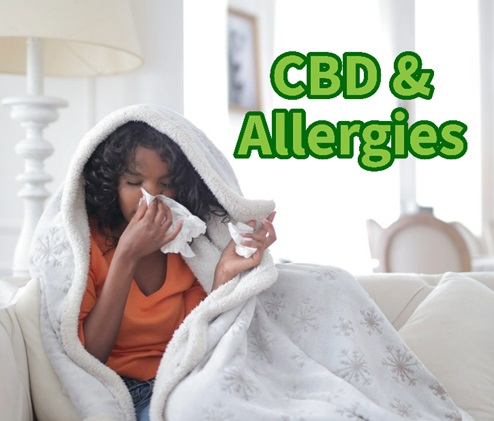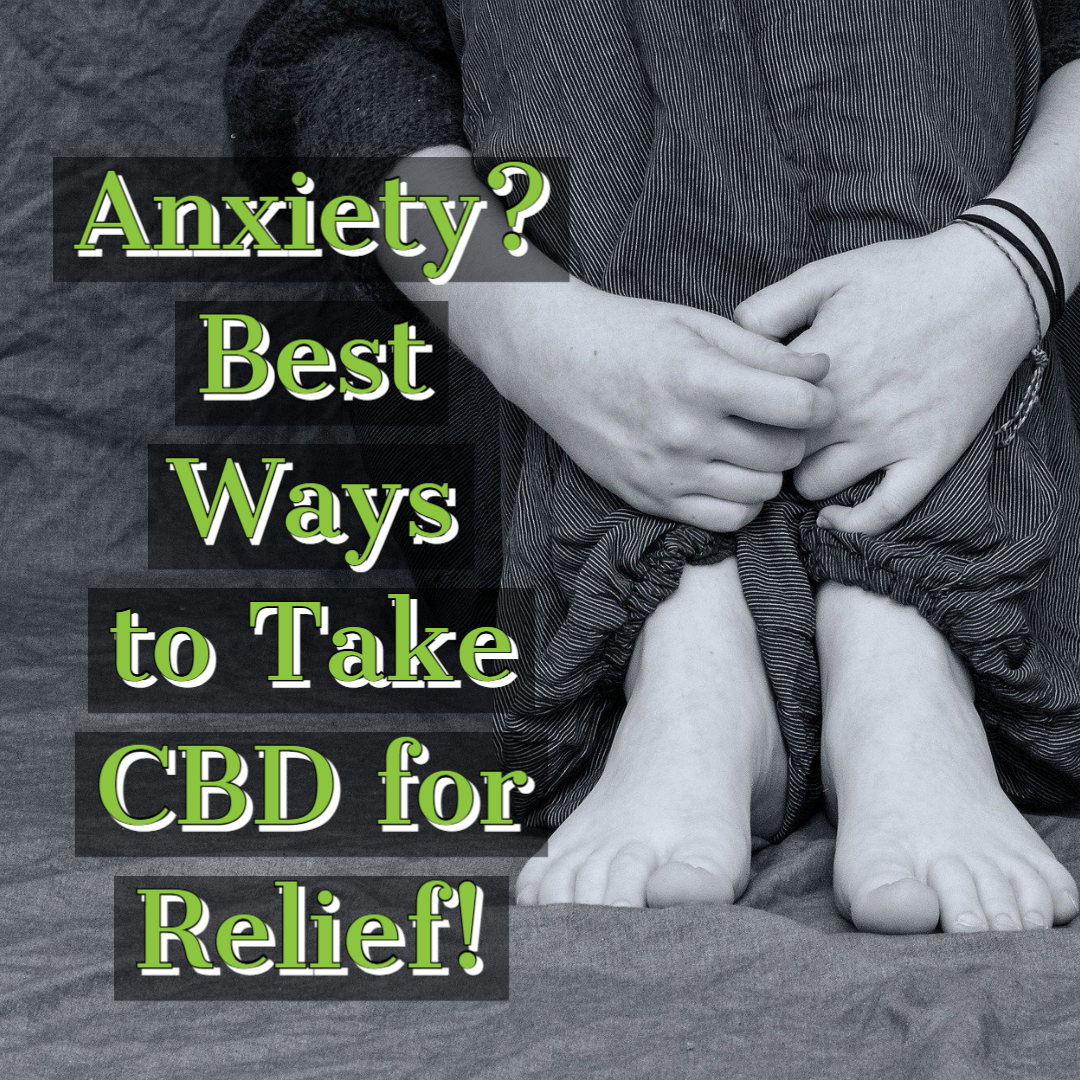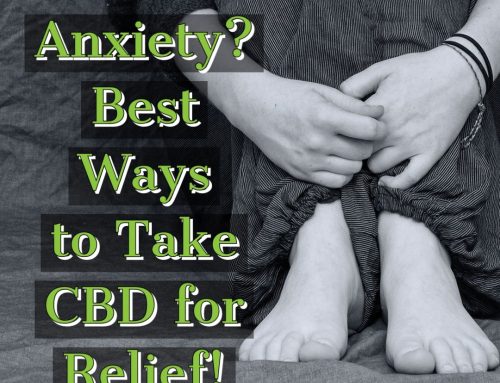What is ADHD?
ADHD stands for attention deficit hyperactivity disorder. It is a medical condition. A person with ADHD has differences in brain development and brain activity that affect attention, the ability to sit still, and self-control. ADHD can affect a child at school, at home, and in friendships. Signs of ADHD could be hyperactivity, restlessness or easily bored. It can also be signs of inattentiveness, easily distracted or have trouble focusing or concentrating on specific task.
Attention, activity, and self-control develop little by little, as children grow. Kids learn these skills with help from parents and teachers. But some kids don’t get much better at paying attention, settling down, listening, or waiting. When these things continue and begin to cause problems at school, home, and with friends, it may be ADHD.
How is ADHD treated?
Traditional ADHD medications fall into two categories: stimulants and non-stimulants.
Stimulant ADHD medication is fast-acting and widely used. At least 80 percent of American children use this type of treatment to address symptoms of the attention disorder.
These medications also come with side effects such as insomnia, poor appetite, weight loss, headache, and even mood changes. Many parents feel that it is better to use a non-stimulant medication, which they assume will have less side effects. While this is partially true, you child can still experience the same symptoms as the stimulant medications.
Another thing to look at is that these medications are prescription only. Every time you need your medication, you’ll have to see a doctor and continue routine examinations to continue usage of these medications. This can become a hardship, not only on the parent but especially the child when they have to endure so many exams and this can take an emotional toll on the child.
How can CBD help with ADHD?
Cannabis use and ADHD are both independently associated with impaired attention, inhibition, and functioning.
The compounds from CBD trigger your body to use more of the cannabinoids it produces naturally. The positive side in naturally-occurring cannabinoid use may lead to several benefits, including decreased anxiety and reduced hyperactivity.
CBD oil makes it easier for your brain to “level out” and run more smoothly. That means less distraction and more focus.
Many who suffer from ADHD already deal with taking medications of one sort or another for the rest of their lives. And most of these medications have significant side effects that make them worse than the ADHD itself. The side effects of CBD are considered minimal overall. The known side effect which only may occur in 2% of users are upset stomach and slight drowsiness. To avoid this, you can also start off in lower doses and work your way up to higher doses if necessary. CBD is also available without a prescription in many locations that it’s legally available.
To administer CBD it is fairly simple and easy. Just place a few drops under the tongue and hold there for a few seconds before swallowing. The CBD oil is absorbed into your bloodstream through the sublingual artery in your lower jaw. From there, it travels quickly to your brain. Because of the speed with which this all occurs, you can feel the effects of CBD oil almost immediately.
Is CBD safe for children?
YES! Cannabinoids and endocannabinoids occur naturally in the body, and children are exposed to external sources of cannabinoids quite frequently. In fact, human breast milk is an abundant source of endocannabinoids, which assist with infant development.
THC and CBD are not the same. THC is the active ingredient in marijuana, whether for medical or recreational purposes. It binds with your brain’s cannabinoid 1 (CB1) receptors to create a “high” this is referred to as the psychoactive component. Whereas CBD on the other hand, does not bind with CB1 receptors in the brain, which means people can’t get “high” from it. This is the non-psychoactive component. CBD sold to you should not contain THC, so you won’t get high from it. It is illegal for over-the-counter CBD oil to contain any amount of THC.
Nutritional views on ADHD
Research shows that what you feed your body has a direct correlation to how your brain functions. Diet and nutrition impact cognition, attention, sleep, and mood.
Nutrition affects the ADHD brain in different ways. Brain cells, like other cells in the body, need proper nutrition to carry out their functions. Neurotransmitters like dopamine, serotonin, and norepinephrine are also dependent on diet for proper functioning. The electric signals sent to the brain needs the support of nutritional food so the brain can work at it’s best.
As parents we know kids typically crave colorful candies or fun snacks. These can tend to be harmful in the long run for child development. Not only could it increase the signs of ADHD but also decrease their health. It is important to feed our children healthy plates for healthy development. And after all we are the parents and we are the ones who feed them daily so this is a decision as a parent to take on the role to ensure their child is eating foods essential for their health.
Foods with the best brain support are fruits high in fiber such as pears, apples and berries. Fresh fruit is always best. Staying away from fruit juices and canned juice is beneficial. Cereals and grains like oatmeal, bran and whole grain pastas are high in fiber and feed the brain what they need. Staying away from sugar coated cereals is important. Then you have vegetables and legumes all veggies are great to have and it is always good to include variety. Along with a variety of legumes such as lentils and chickpeas that again are high fiber and brain food friendly.
While whole foods may not be a cure-all, diet changes can make a big difference for some patients. Nutrition and ADHD go hand-in-hand!






Leave A Comment
You must be logged in to post a comment.